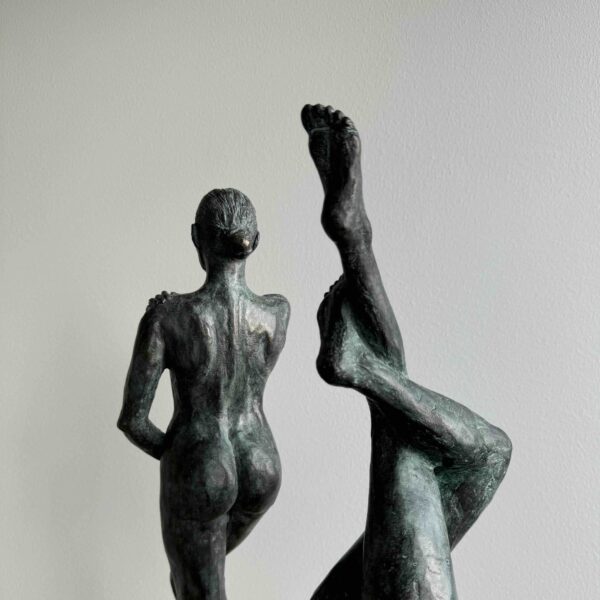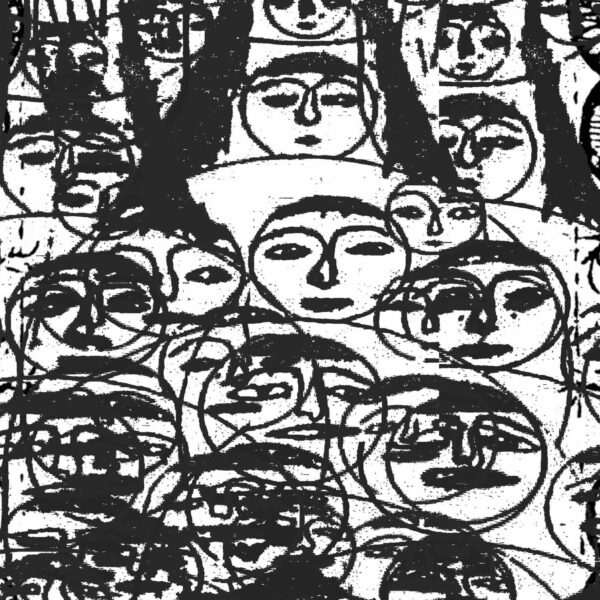The Intersection of Tech and Culture: The Tech Model Railroad Club and Blockchain Art
We're thrilled to present a guest article by Cowboy Killer, exploring the intersection of tech and culture. Dive into "The Intersection of Tech and Culture: The Tech Model Railroad Club and Blockchain Art" to see how early tech countercultures continue to inspire today's leading digital artists.

The year is 1959. It’s 3AM, and the Massachusetts air is cool and calm. In building 26 of MIT’s campus, a group of students belonging to the Tech Model Railroad club are sitting at the helm of the TX-0. An 18-bit transistorized computer, it allows students to directly interact with the programs they were developing for the first time. They do not know it now, but as this group of nerdy outcasts is crowding around the system they are laying the foundation for what would be one of the greatest cultural technological movements of the last two centuries. A movement that would change how we view the way technology can be used and misused; the meaning of the term “hacking;” and how the decentralization and free exchange of ideas would shape our grand entrance into the computer age.
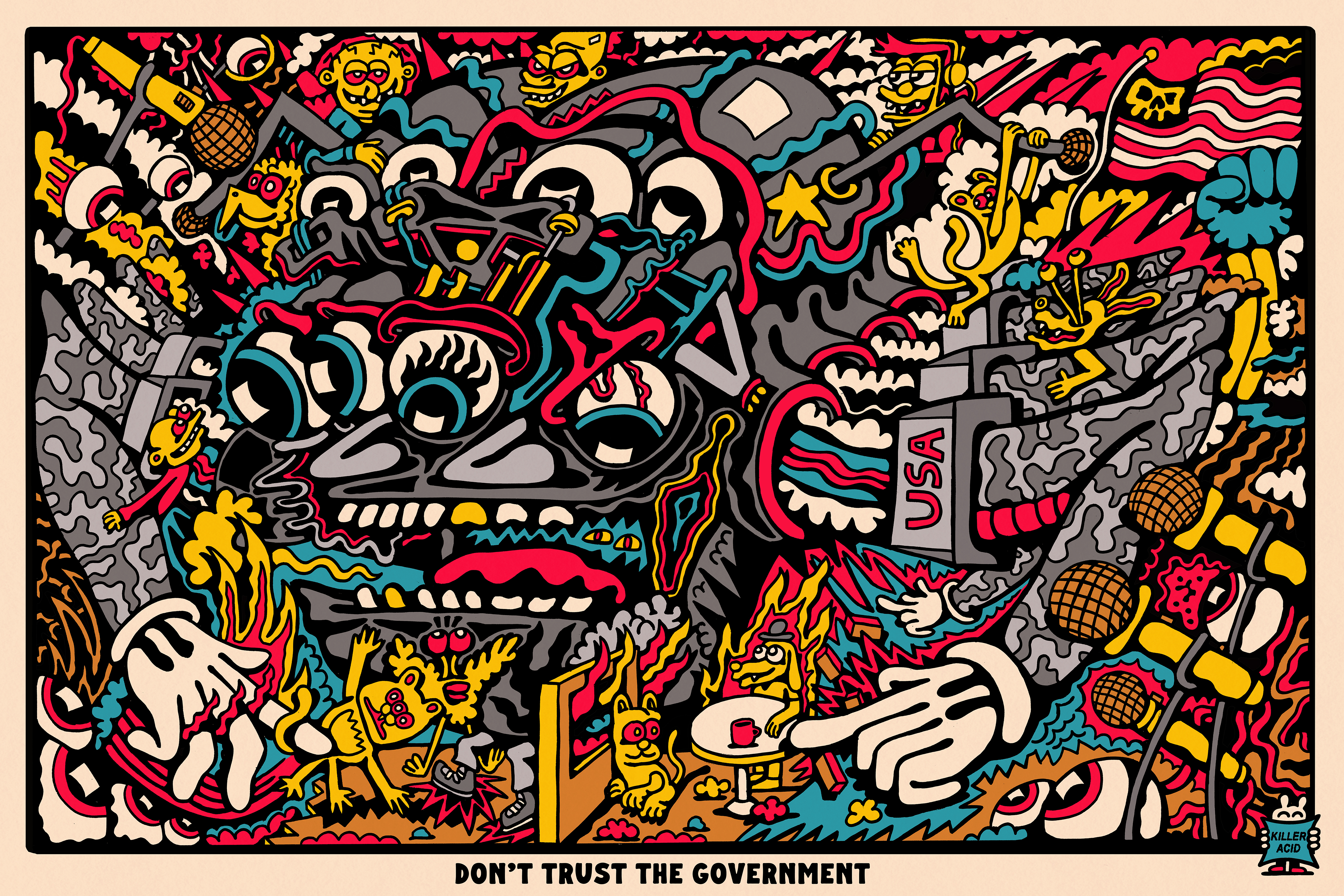
Sixty-five years later, Art of This Millennium’s “Whispers and Closed Doors: Cryptoart and Cypherphunk” presents 13 leading, digital artists’ works. These artists are exploring visual countercultures in the same way the early tech-outlaws at MIT did in the past. Computers like the TX-0, that were key in the 1950s and 1960s to developing new ways of exploring the creative possibilities of early computer languages have been replaced by blockchains such as bitcoin, Solana, and Ethereum. These new technologies have supplanted the TX-0 as the creative avenues for visual artists to break the rules of how existing tech can be used. This emerging tech underworld has allowed artists to carry the torch ignited by Tech Model Railroad Club sixty-five years ago, as they break rules and create cultures outside of the permissions of large institutions.
The cultural connection between these early tech countercultures and the work of artists on the blockchain is especially evident in the work of artists like COMPUTERBLOOD, Robness, and Empress Trash, whose use of glitch and bright fluorescent colors expresses an uneasy and alarming aesthetic reminiscent of 2000s computer viruses. Glitch and Trash art have been especially important to the evolution of art on the blockchain due to their tendency to be natively digital. These works speak loudly almost in spite of the traditional art world; their flashy aesthetics grab the attention of the viewer in a way that would not fit within the confines of a traditional gallery space. It’s in the gaps filled by meaningful, different and evocative artworks such as these that art movements are built.
Other artists featured in the collection, like A.L. Crego and Pepenardo, take a more direct approach to how the tech underworld views the grasp and influence technology has on our culture. This critical look at how the rules and guidelines of technology should be disregarded, pushed against, and exposed goes once again to the late 1950s at MIT. There, among the students in the Tech Model Railroad Club, the term “hacking” developed to represent a disregard for regulation of the way tech was used, and how the information about it is shared. This list of ideals, although not directly visible in the culture of the digital art movement, is carried on by the ethos of how these artists approach the inspiration, meaning, and distribution of their artwork.
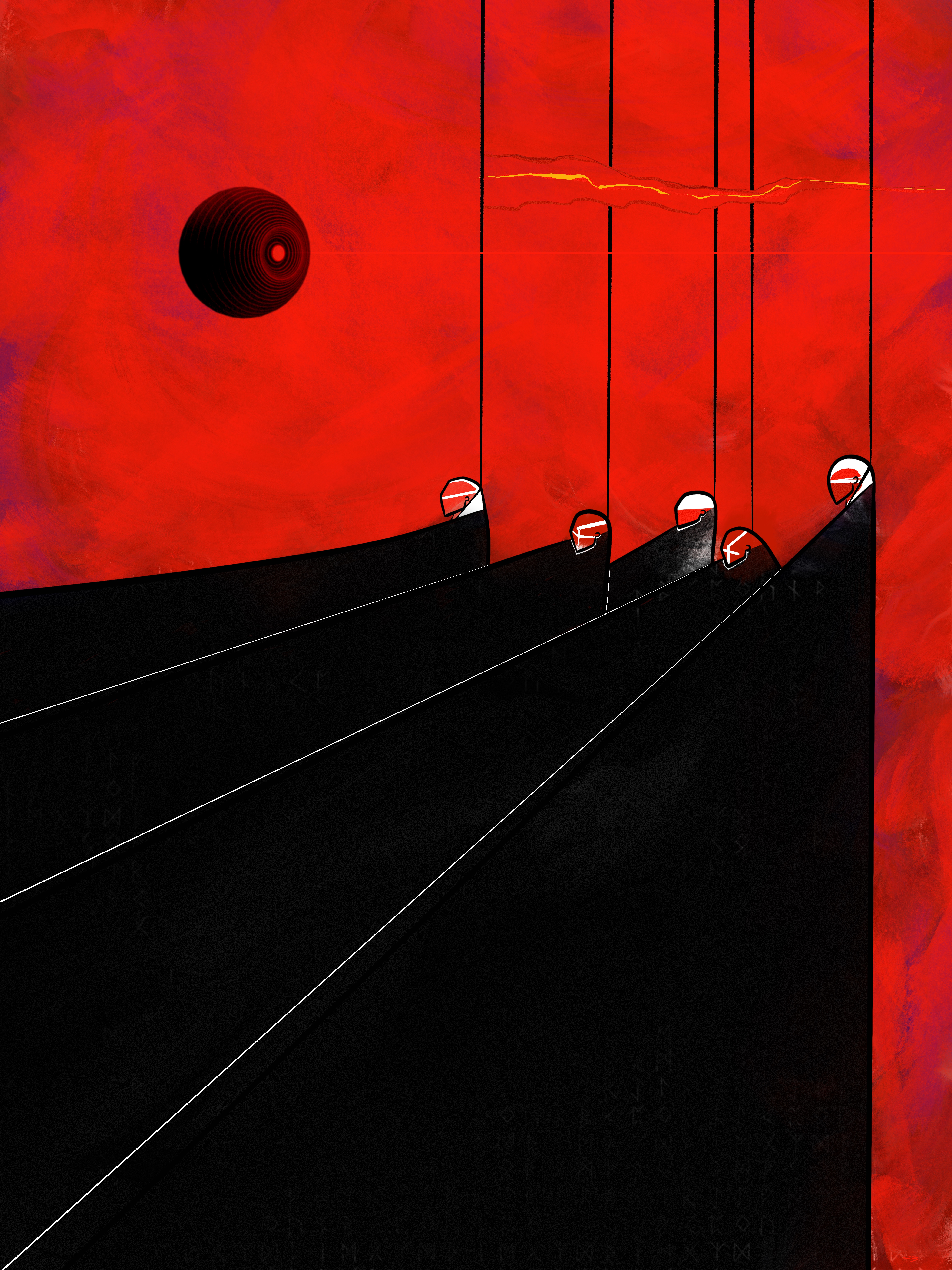
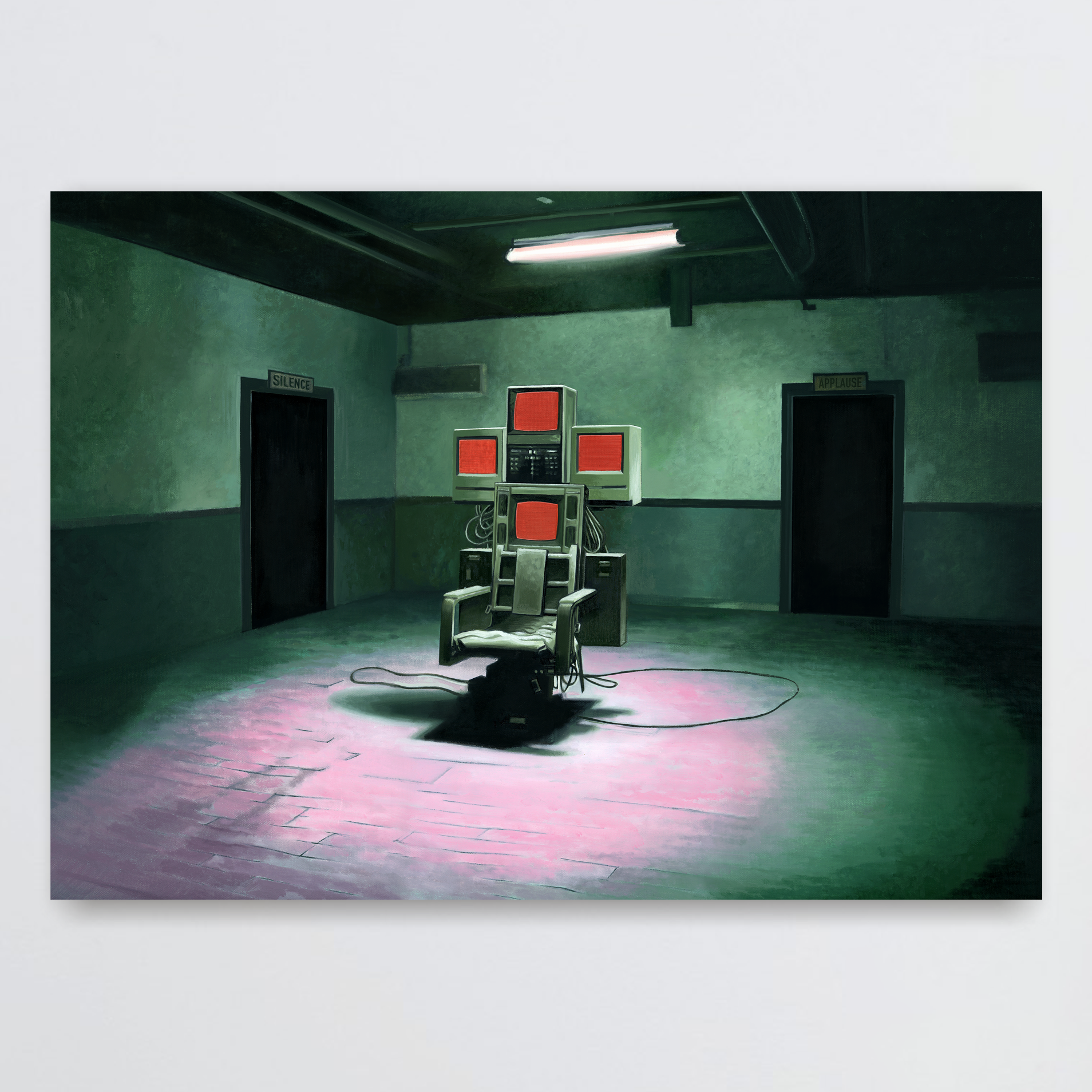
Drift, another artist in the collection, is one of the few artists whose work has transcended both the worlds of the cybersphere and more traditional worlds of art. His disregard for the law and his ability to translate the emotion and ethos of rebellion through his photographs has led to his acceptance by a community which cares very little for policy and law. Drift’s piece in this collection “Confession I: I don’t want to hide anymore”, a photograph of a lone explorer walking along the cable of a suspension bridge, expresses the great unknown we step into when we explore culture and ourselves.

The artists in this collection, to me, are leading the charge in using visual language to develop artistic counterculture on the blockchain. Their artistic choices on how to convey their messages, and how their work is presented, will in my opinion undoubtedly shape the next generation of artists and developers on the blockchain. Just like those students at MIT, these artists venture further into uncharted waters with every step. Their willingness to push forward is an act of vulnerability in itself.
